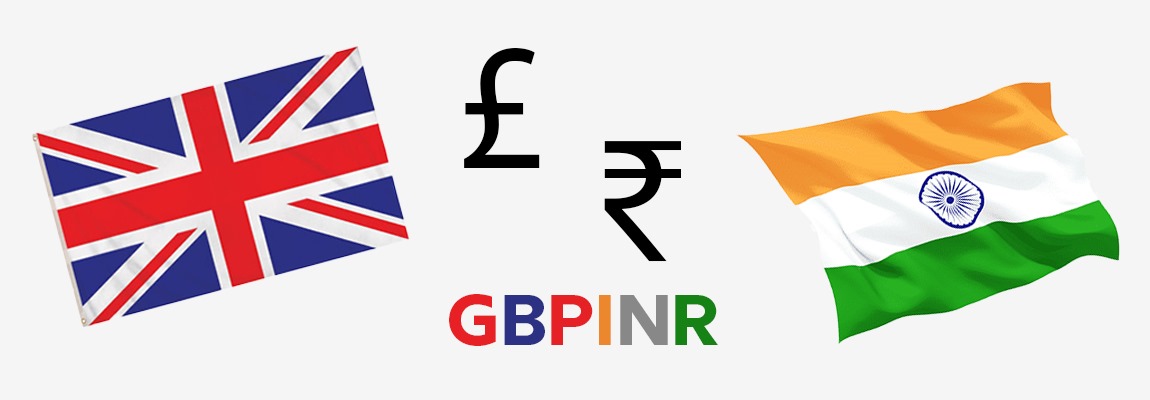
GBP/INR Analysis and Path Ahead
Morning Report: The daily chart shows that the GBP/INR pair is currently trading at 104.40. Will it stop dropping or will it turn around ?
As we have previously shown in our study, the GBP/INR was trading near the critical resistance level of 106.50, where it was vulnerable to both intense supply and strong rejection. The pair then closed below the resistance level, and it is currently trading in the 104.00–104.50 range. There is a sizable supply zone for GBP/INR between 106.50 and 108.00. We talked on how the GBP/INR could fall to 103.50-104.00, which happened just last week.
- A sharp decline in the GBP/INR exchange rate occurred as supply got close to 106.50.
- The chart indicates that there could be more negative pressure on GBP/INR, and that any uptick would be a good time to sell this pair.
- The price of GBP/INR is not expected to rise quickly, according to the Relative Strength Index (RSI).
Kindly see the above chart. The pound strengthened versus the rupee in November, moving from 100.50-101.00 zone. The market was dominated by sellers, who drove the price down from 106.50 to 104.00 in the GBP/INR. The plentiful supply of the currency pair was the reason of this. In our earlier analysis, we predicted that the GBP/INR pair will reach 103.50-104.00 during this downward trend, which it did last week. We currently anticipate a reversion to the supply zone, but as the demand for GBP/INR is weak, this would only be a shorting opportunity.
GBP/INR declined much more after running into strong resistance around the 106.50 zone. The resistance level of 106.50 was being traded by the GBP/INR, as we stated in our most recent article. When the price touched higher highs and the RSI hit lower lows, there was a negative divergence. This implies that each increase presents a chance to sell the GBP/INR pair; keep shorting peaks and profiting from declines before doing so again.
Please have a look at the chart below; we'll be using the RSI to talk about GBP/INR.
As the attached chart shows, the GBP/INR recovered well at the time, moving up from 104.00 to 106.50. Furthermore, when the price rises to new highs, the Relative Strength Index (RSI) declines to lower lows, as seen in the preceding chart. The daily chart's negative divergence between the RSI and price indicates that a decline in the GBP/INR is most likely.
RSI divergence refers to any price movement that deviates from the RSI. To put it another way, a chart can show a change in momentum before a corresponding change in price. When a lower high coincides with greater highs in the price and the RSI reading is overbought, a bearish divergence occurs.
Following more drops, the GBP/INR range of 103.50-104.00 was reached. The chart indicates that there could be more downward volatility in the GBP/INR in the days ahead, with each increase in value potentially translating into a selling opportunity for the currency pair.
To find the support and resistance levels for the GBP/INR, please consult the daily chart. Spot charts are used to represent each level.
|
GBP/INR |
Support |
Resistance |
|
Level 1 |
101.50 |
106.50 |
|
Level 2 |
100.50 |
108.00 |